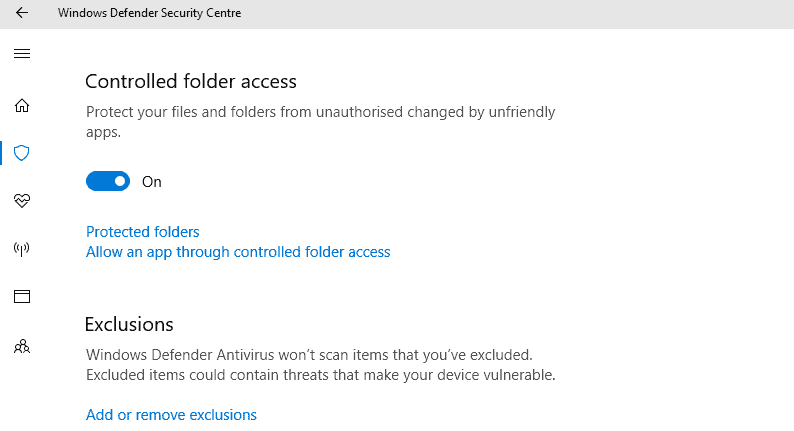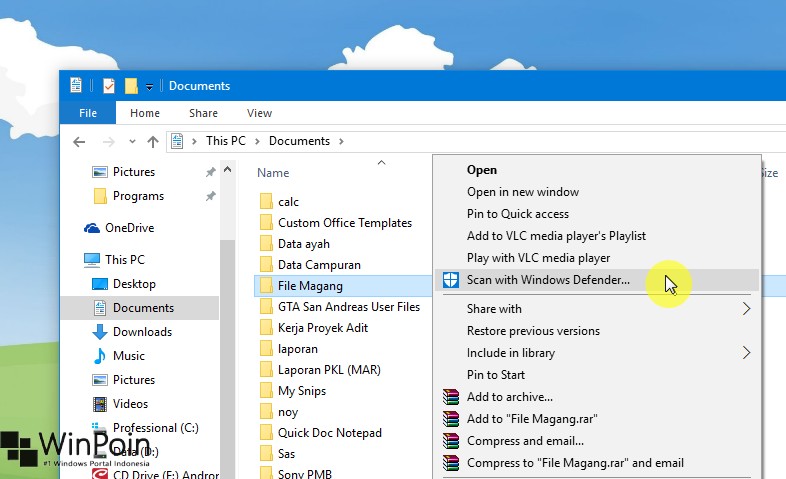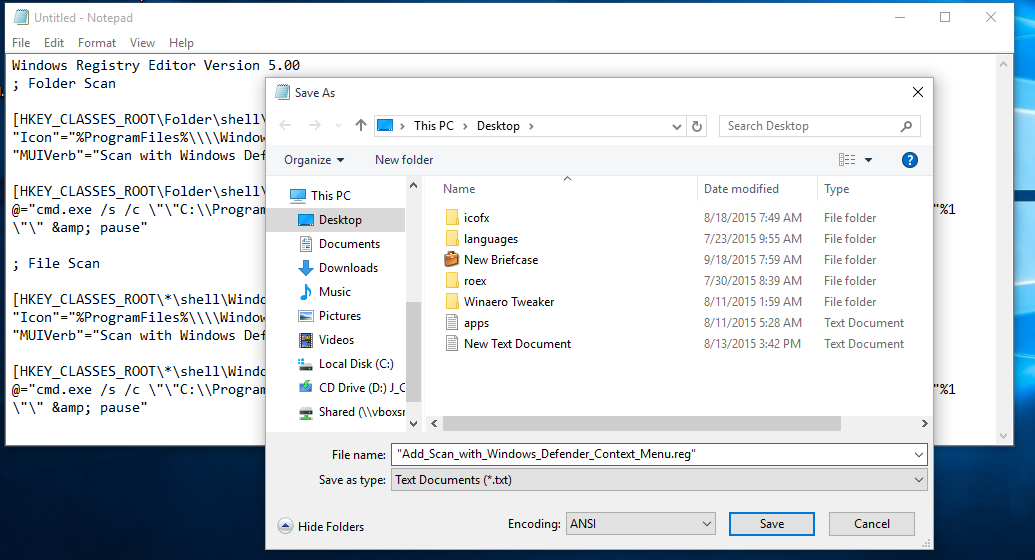


Get-Service cmdlet and filtering its output as following Getting the System Antimalware Protection Statusīefore using any of the cmdlets available in the "Defender" module, you probably would be sure that all the Windows Defender related services are up and running: this can be easily checked by using the Get-Help cmdlet to get a detailed description of each cmdlet aw well as usage examples. The output of the execution of the cmdlets displays the short list of available cmdlets included in the "Defender" module.

Get-Command cmdlet: open an administrative PowerShell window and execute the following Having a comprehensive overview of the PowerShell cmdlets for Windows Defender is quite simple and relies (of course) on the

Let's take a look at what we can do on Windows Defender via PowerShell. Using the GUI and this could be useful in automation scenarios of Defender, especially when the GUI is not available as in Windows Server Core installations. The UI of this tool has passed through several changes, but that's not the only way Windows Defender can be managed: a Windows PowerShell module named "Defender" (provided within the operating system's PowerShell) can be used to manage Windows Defender without All the Windows and Windows Server users know that the operating system features a built-in antimalware protection tool named Windows Defender.


 0 kommentar(er)
0 kommentar(er)
